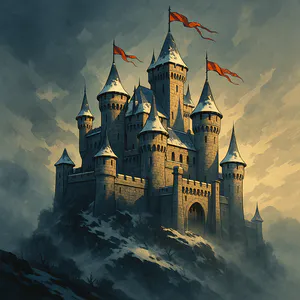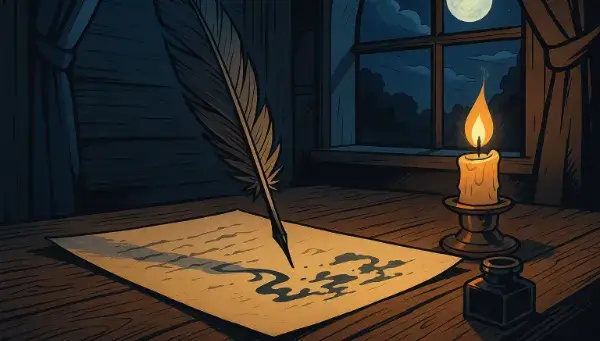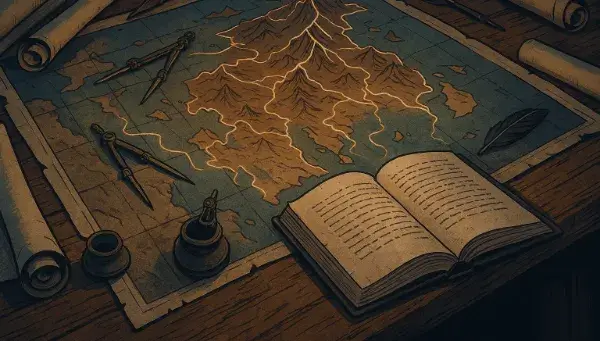Generate castle names
More Place Name Generators- <% result.name %>
Discover all Story Shack apps
Bastion Naming Inspiration
Choosing a castle name? Reflect on:
- Which feature—keep, spire, fortress—stands out?
- Do you want lofty or sturdy tone?
- Will it hint at geography or history?
- Should it include “Castle,” “Keep,” or “Hold”?
- How many syllables suit your realm?
Castle Name FAQs
Answers for fortress naming:
How are castle names generated?
They randomly combine medieval adjectives with fortress-related nouns.
Can I choose a suffix?
Regenerate until “Keep,” “Hold,” or “Castle” appears; no direct filter.
Are names realistic?
Yes—they follow common medieval naming conventions.
How many can I generate?
Unlimited—click until your kingdom is mapped.
How do I copy or save a name?
Click the name to copy it or the heart icon to save it to favorites.
What are good castle names?
There's thousands of random castle names in this generator. Here are some samples to start:
- Grimtol Fort
- Calchester Citadel
- Saltwood Hold
- Crachton Hold
- Cadworth Stronghold
- Eastormel Hold
- Warltonwood Hold
- Bode Hold
- Naesbrey Citadel
- Bargsea Citadel
About the creator
All idea generators and writing tools on The Story Shack are carefully crafted by storyteller and developer Martin Hooijmans. During the day I work on tech solutions. In my free hours I love diving into stories, be it reading, writing, gaming, roleplaying, you name it, I probably enjoy it. The Story Shack is my way of giving back to the global storytelling community. It's a huge creative outlet where I love bringing my ideas to life. Thanks for coming by, and if you enjoyed this tool, make sure you check out a few more!



















































